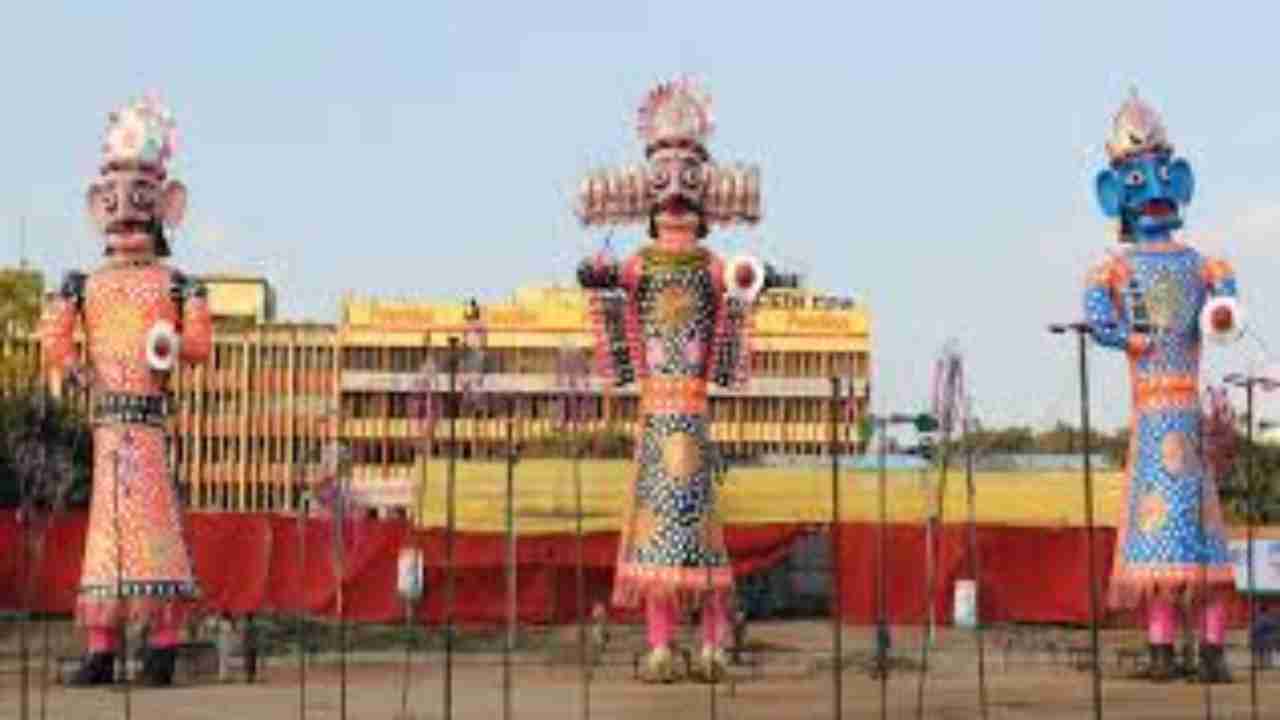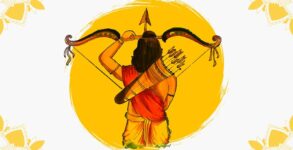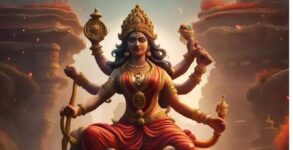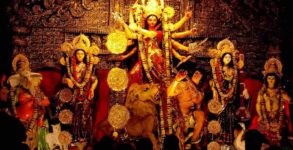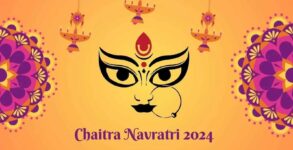Dussehra or Vijayadashami is the festival to celebrate the victory of good over evil. The day symbolises the victory of good over evil when Goddess Durga killed Mahishasura, the demon king. It is also said that this was the day when Lord Rama defeated Raavan.
Dussehra 2020 Date:
This year Dussehra or Vijaya Dashami will be celebrated on October 25 as per the Gregorian calendar. However, in West Bengal and other eastern states, Vijaya Dashami shall be observed on October 26. The immersion or visarjan of the deities shall take place on this day.
Dussehra 2020 Puja Shubh Muhurat:
As per the drikpanchang, the timings are as follows:
Aparahna Puja Time – 01:12 PM to 03:27 PM
Vijaya Muhurat – 1:57 PM to 2:42 PM
Significance of Dussehra:
Dussehra commemorates the victory of Lord Rama over the king of Lanka, Ravana, in the historic battle of Ramayana. Lord Rama defeated Ravana and rescued his wife Sita from his captivity. The word Dussehra comes from two Sanskrit words – ‘dasha’ that symbolises the ten heads of Ravana, and ‘hara’, which means ‘ to defeat’. Dussehra signifies the ‘triumph of good over evil’.
Shri Rama’s victory over Ravana is recreated annually on this day in several parts of the country, and this tradition is referred to as Ravana Dahan. Devotees flock to see burning giant effigies of Ravana, his son Meghnad (Indrajeet), and brother Kumbhakarna. An artist dressed as Lord Rama holds a bow and fires arrows at the effigies to burn them into ashes. This ritual symbolises the destruction of evil.
Facts about Raavan:
- It was Ravana, a Brahmin, who performed the rites of a purohit, when Lord Rama constructed the Rama Sethu to lead his monkey brigade to attack Lanka.
- Ravana was not only a stupendous fighter, but also an expert of the Vedas and an expert in astrology. It is said that when his son Meghanada was to be born from his wife Mandodari’s womb, Ravana “instructed” all the planets and the Sun to be in their proper position for the auspicious “lagna” so that his son would become immortal. But Saturn suddenly changed its position. Noticing this, a furious Ravana attacked Saturn with his mace and broke off one of its legs, maiming him for life.
- Ravana, after thousand years of penance, sought a boon for immortality from Lord Brahma, but the later politely declined saying that his life would be concentrated at his navel (naabhi). Ravana’s brother Vibhishana, a devotee of Rama, knew this, and on the tenth day of the battle, he told Rama to strike his arrow at Ravana’s navel, killing the demon king.
- Ravana was half-Brahmin and half-demon. His father was Vishwashrava, a rishi belonging to the Pulastya clan, and mother Kaikasi belonged to a demon clan.

